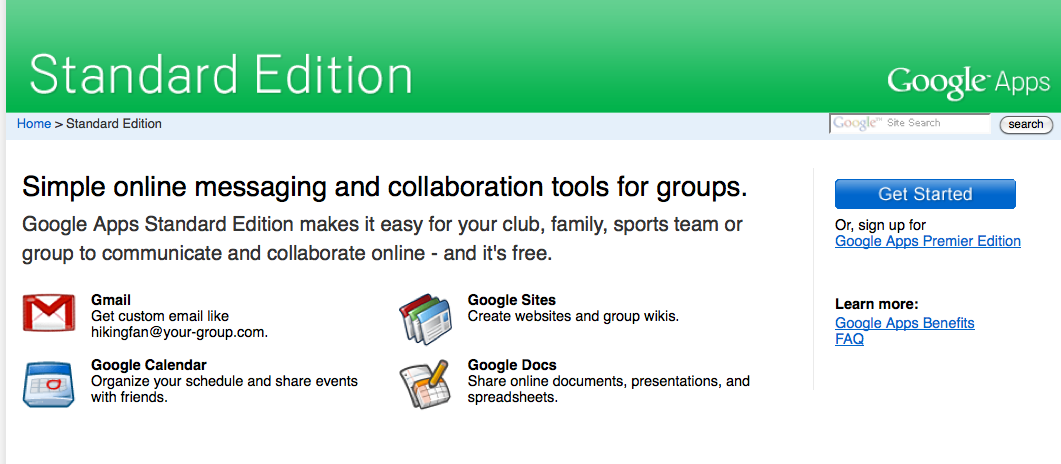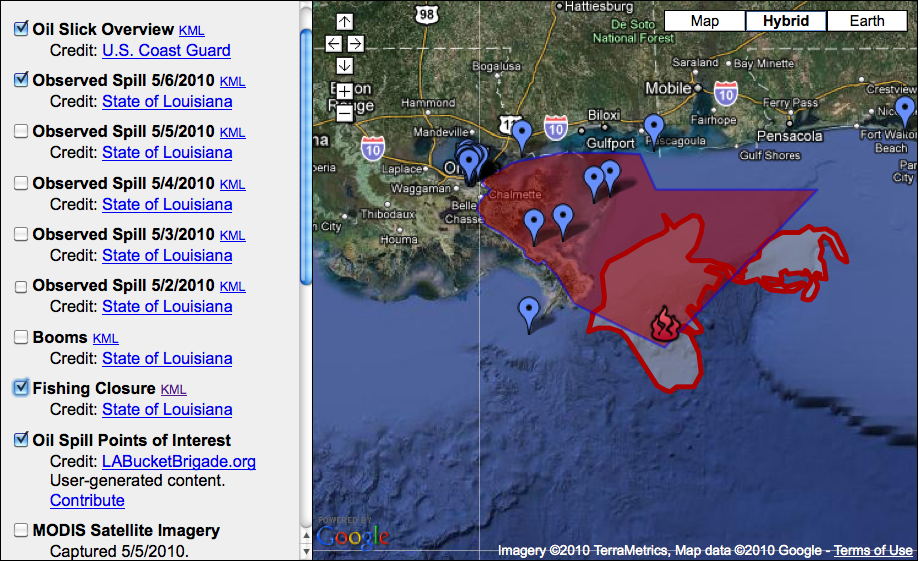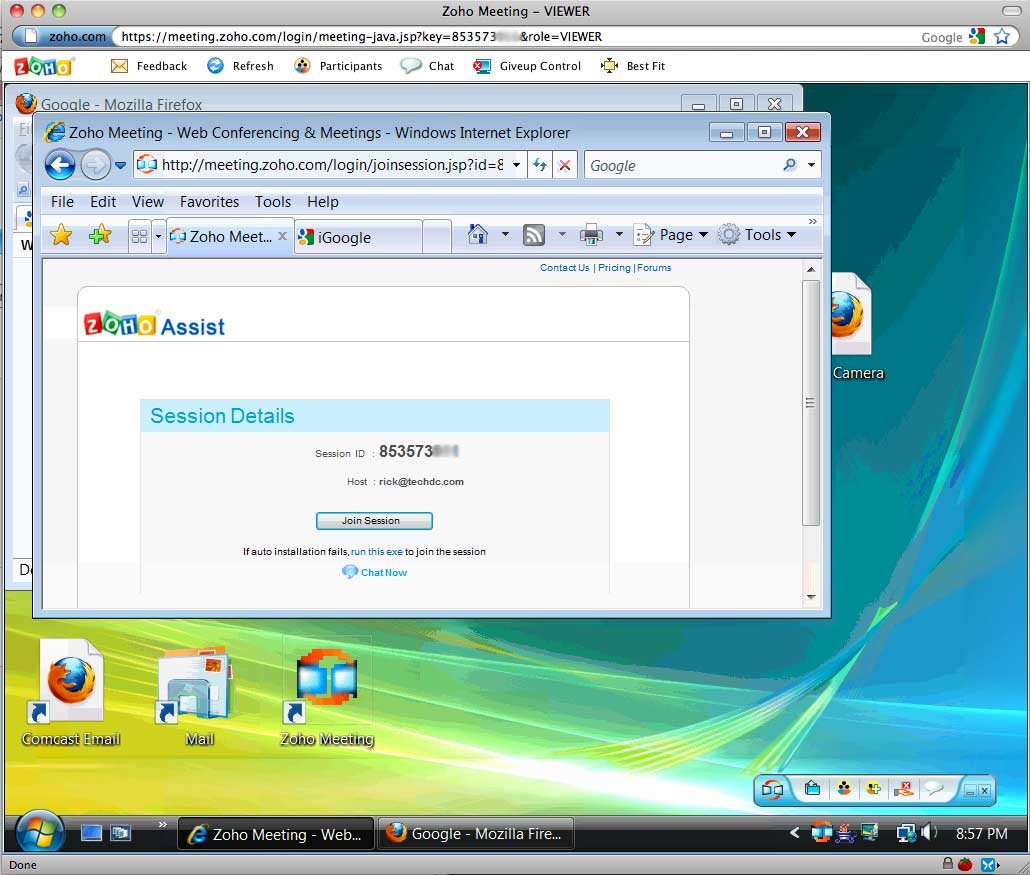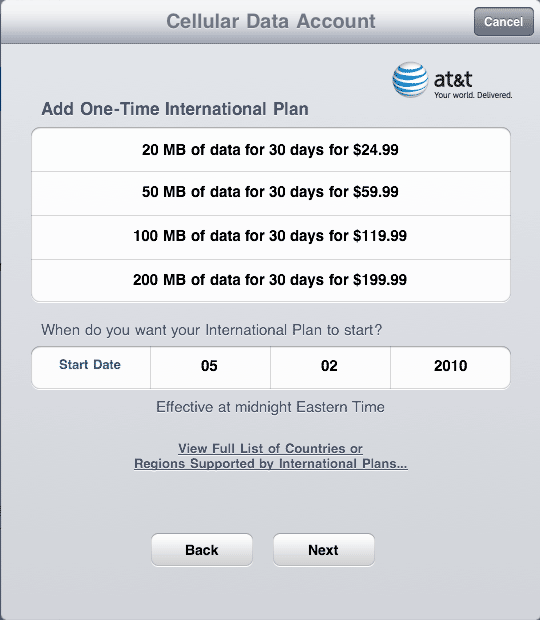Google email works with name@gmail.com, but you could also use name@yourcompany.com. To do this, you sign up for Google Apps, which is offered in Standard (Free) and Premier Editions. Go to: http://www.google.com/apps/intl/en/group/

There are a couple of ways to do this:
The simplest is to choose “I want to buy a domain” which allows you to buy a domain through Google (which actually uses GoDaddy as the registrar and costs $10/month), which provides you a domain pre-configured to use Google services.
The other method is to use your existing domain or purchase from domain registrar service and assign the MX records to Google. Your DNS Manager or Domain Manager page from your registrar would then look like this:
The second method requires that you also verify that you own the domain by updating the cname record or uploading a file to the domain.
After pointing your MX records to Google, you can get your email by going to:
https://mail.google.com/a/yourdomainname.com
..where yourdomainname.com is actually your domain name.
Because that’s a long address, I typically set up a URL pointer so that mail.yourdomainname.com will point to the above address. This is also handled in the DNS management page at your domain registrar. The URL pointing would look like this: If your registrar’s DNS management system does not allow such a redirect, then you can set up a redirect from your website, for example from yourdomainname.com/mail/.
If your registrar’s DNS management system does not allow such a redirect, then you can set up a redirect from your website, for example from yourdomainname.com/mail/.








